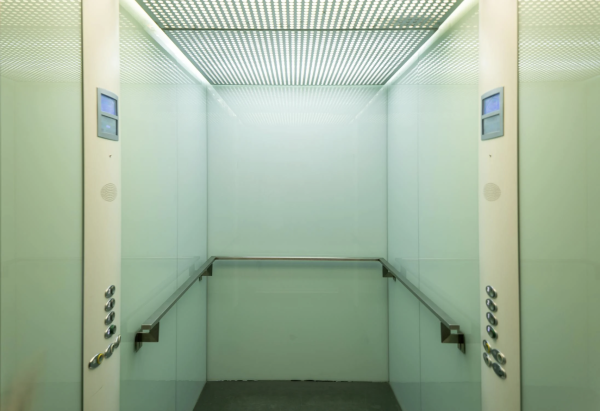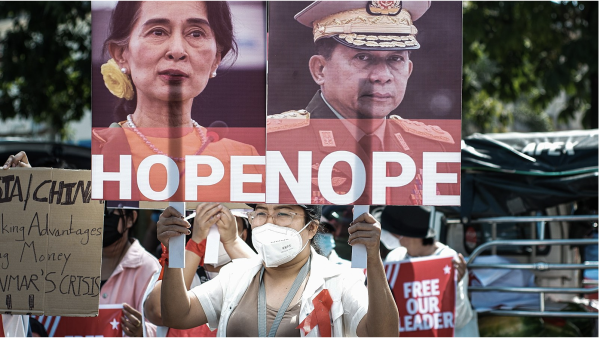Can Objectivity in the Grading System Really Be Achieved?
There are few things in life of which we are certain: the sky is blue, the meaning of life is 42, and sleep is the best thing since sliced bread. Similarly, there are certain truths about grading: some teachers are tough graders, others allow error-carried-forward on tests, while some drop the lowest grade. Every teacher has their own way in which they want things done, making the UNIS grade system wholly inconsistent.
This problem is intrinsic to teaching. No matter how detailed the rubric, there are always differences in how teachers interpret grade boundaries. One teacher’s 7 is another’s 6.
Inconsistencies are also more prevalent in certain subjects. It’s far easier for an English teacher to call a student’s work “poor communication” than it is for a math teacher to say a correct answer is incorrect. This is because certain disciplines have a greater degree of subjectivity – these tend to be the humanities. That’s not to say other subjects, such as math and science are objective: students are frequently asked to use critical thinking and are encouraged to show methodology. But both of these criteria can be hard to grade as there is really no clear-cut definition for critical thinking nor is there a “right” way to do things.
Should a student who has learned something a certain way for their entire life be forced to change their methods for a specific teacher? Or should a teacher be able to assess the various methods in which students do things (after all, teachers know best)?
While no one can say for sure, the UNIS administration thinks they have the answer.
For starters, the rejection of the plus-minus grading system means that teachers will be forced to place students into larger grade boundaries. This loss of specificity benefits consistency. No longer will we be concerned about the difference between a 6- and a 6: it’s just a 6. Teachers have also attended professional development days, some of which have focused on revamping the grading system.
UNIS is also implementing a new report card system, which will provide a more holistic review of a student’s academic performance. The effects of all these changes, however, remain to be seen.
There are other more concrete solutions that could be considered, though all come at a price. One possibility might be grading on a curve: that is, adjusting grade boundaries so that a set percentage of students have a 7, a set percent have a 6, and so on. This comes at the cost of objectivity. A 42% on a test might be a 6, in which case the student didn’t understand the material but just guessed better than the rest of their class.
Another option might be external moderation. The IB already does this. A sample of tests are graded by another examiner. If the scores are consistent between the examiner and the original teacher, the scores of the class are unchanged. If the examiner scores the tests higher than the original teacher, the classes’ scores are raised and vise versa. But this is inefficient, as tests have to be graded multiple times, and it can often lead to no change in the original scores.
Ultimately, trying to fix grade consistency is trying to inject objectivity into a subjective system. It’s trying to quantify something that can’t be perfectly quantified, and for the most part, there are relatively few consequences of this imperfection. So is it really worth trying to change?







